
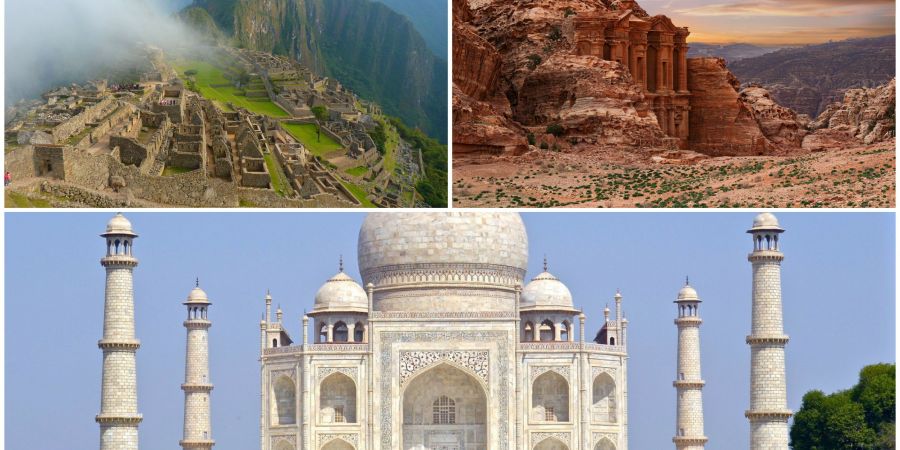
In 2000, the Swiss establishment sent off a mission to decide the New Seven Wonders of the World. Given that the first Seven Wonders list was compiled in the second century BCE—and that only one contestant (the Pyramids of Giza) is still standing—it appeared time for an update.all over the planet obviously concurred, as in excess of 100 million votes were projected on the Internet or by text message. The eventual outcomes, which were reported in 2007, were met with cheers just as certain scoffs—various conspicuous competitors, like Athens' Acropolis, neglected to get it done. Do you concur with the new rundown?
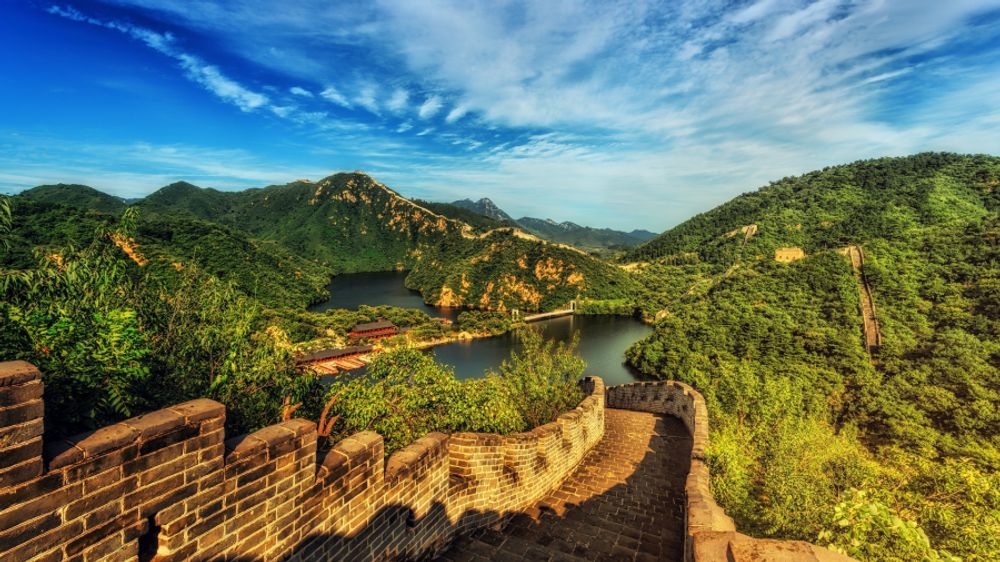
Incredible may be putting it mildly. The Great Wall of China, one of the world's largest structural development projects, is widely thought to be around 5,500 miles (8,850 km) long; however, a contested Chinese review claims the length is 13,170 miles (21,200 km).Work started in the seventh century BCE and proceeded for two centuries. In spite of the fact that it's called a "divider," the construction really includes two equal dividers for extended stretches. Moreover, lookouts and military enclosures dab the rampart. Be that as it may, one not-ideal thing about the divider was its adequacy. Despite the fact that it was designed to forestall attacks and assaults, the divider generally neglected to provide genuine security. All things being equal, researchers have noticed that it serves more as "political publicity."

Chichén Itzá is a Mayan city on the Yucatán Peninsula in Mexico that prospered in the ninth and tenth centuries CE. Under the Mayan clan Itzá—who were emphatically impacted by the Toltecs—various significant landmarks and sanctuaries were assembled. Among the most outstanding is the ventured pyramid, El Castillo ("The Castle"), which rises 79 feet (24 meters) over the Main Plaza. A demonstration of the Mayans' cosmic capacities, the construction includes a sum of 365 stages, the quantity of days in the sun-powered year. Throughout the spring and fall equinoxes, the sunset projects shadows on the pyramid that give the presence of a snake crawling down the north flight of stairs; at the base is a stone snake head. In any case, life there was not all work and science. Chichén Itzá is home to the biggest tlachtli (a sort of wearing field) in the Americas. On that field, the occupants played a custom ball game well known all throughout pre-Columbian Mesoamerica.
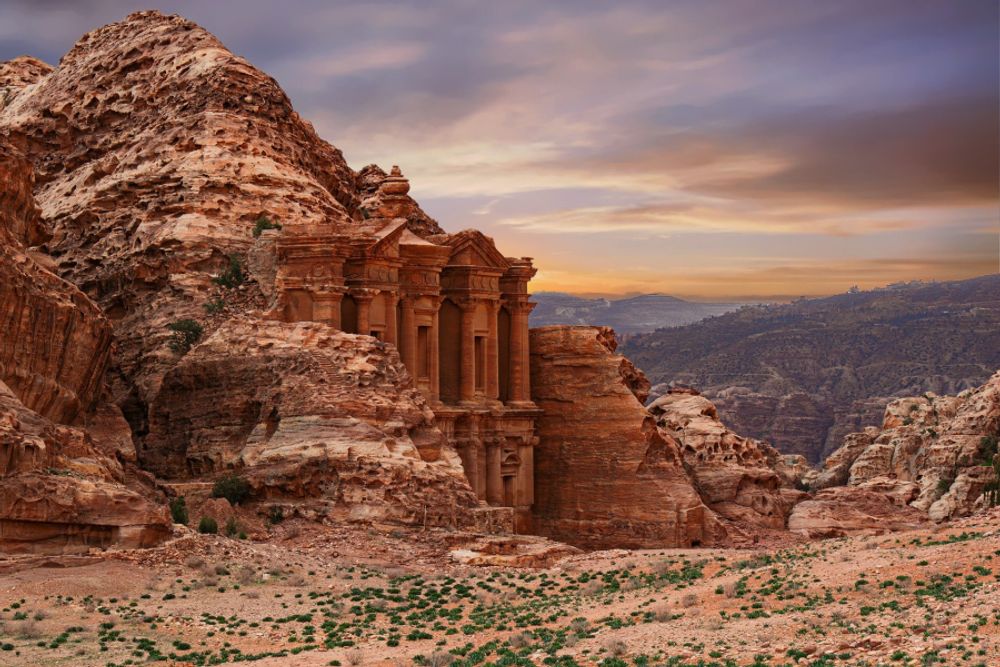
The antiquated city of Petra, Jordan, is situated in a distant valley, settled among sandstone mountains and bluffs. It was suspected to be one of the spots where Moses struck a stone and water spouted forward. Later, the Nabataeans, an Arab clan, made it their capital, and during this time it prospered, turning into a significant exchange community, particularly for flavors. Noted carvers, the Nabataeans etched abodes, sanctuaries, and burial chambers into the sandstone, which changed shading with the moving sun. What's more, they built a water framework that took into account rich gardens and cultivating. At its height, Petra supposedly had a population of 30,000. The city's population started to decrease, nonetheless, as shipping lanes moved. A significant earthquake in 363 CE exacerbated the situation, and after another quake in 551, Petra was gradually deserted.Despite the fact that it was rediscovered in 1912, it was generally disregarded by archaeologists until the late twentieth century, and many inquiries were made about the city.
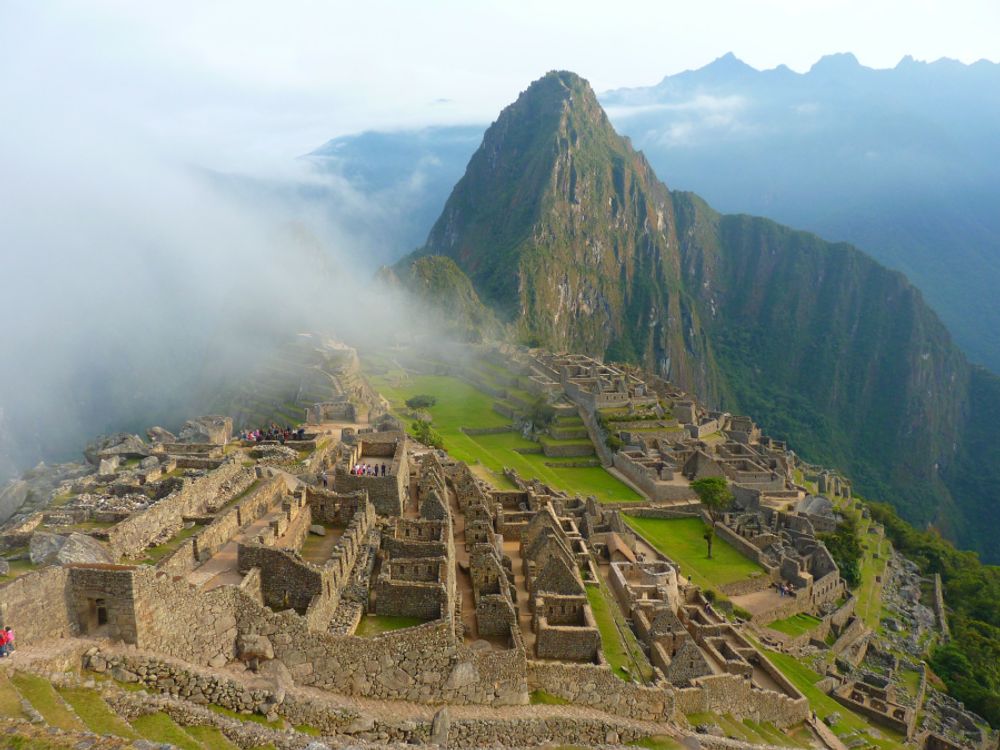
This Incan site close to Cuzco, Peru, was "found" in 1911 by Hiram Bingham, who accepted it as Vilcabamba, a mysterious Incan fortress utilised during the sixteenth century's disobedience to Spanish rule. Although that guarantee was subsequently invalidated, the motivation behind Machu Picchu has perplexed researchers. Bingham accepted it as home to the "Virgins of the Sun," ladies who resided in religious communities under the promise of virtue. Others feel that it was a logical journey site, while some accept it as an illustrious retreat. One thing it obviously ought not be is the site of a brewing business. In 2000, a crane being utilised for a promotion fell and broke a landmark. What is known is that Machu Picchu is one of only a handful of exceptional major pre-Columbian remnants that were seen as almost flawless. Regardless of its general separation high in the Andes Mountains, it highlights horticultural porches, courts, neighborhoods, and sanctuaries.
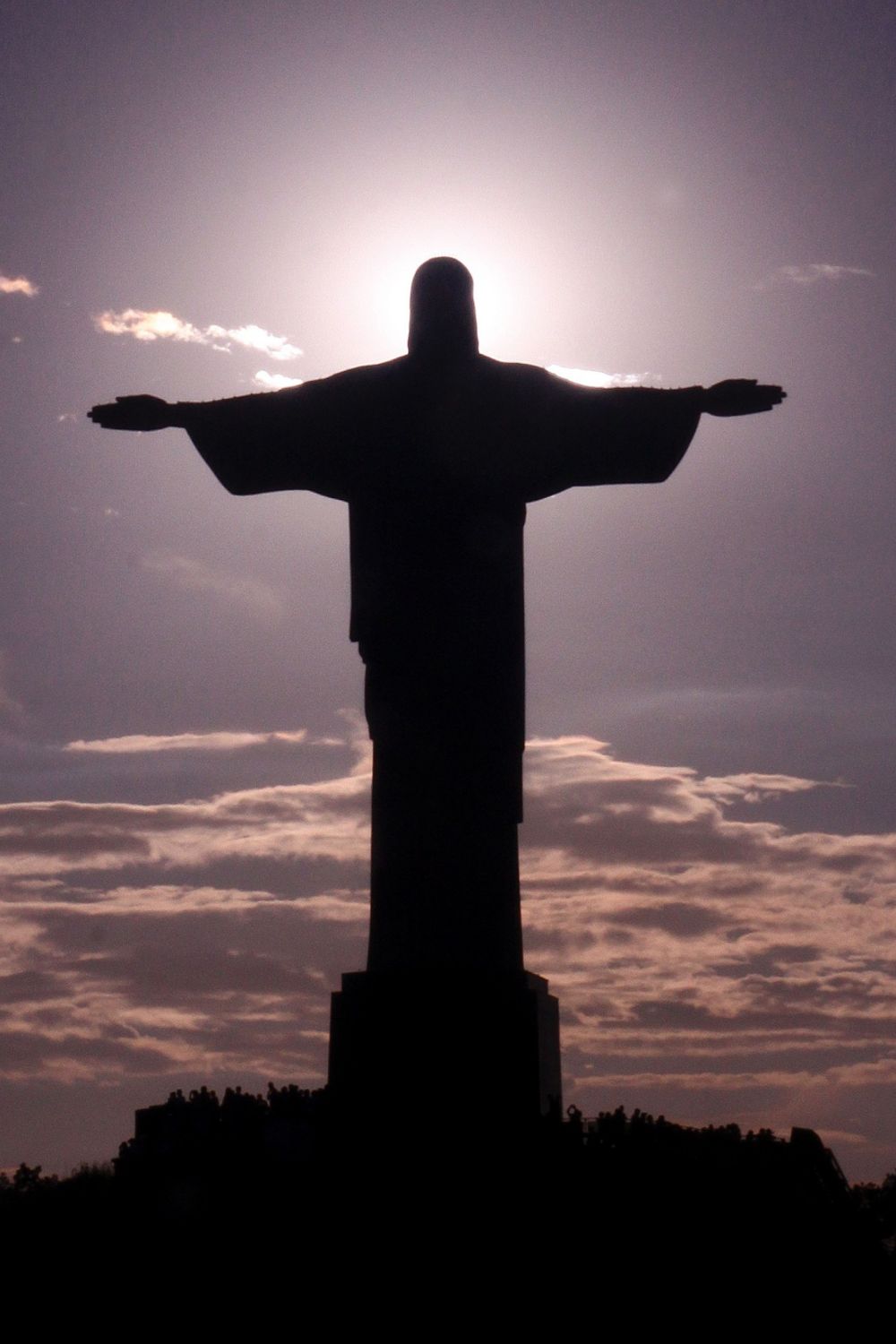
Christ the Redeemer, a giant sculpture of Jesus, remains on Mount Corcovado in Rio de Janeiro. Its beginnings date to soon after World War I, when a few Brazilians dreaded a "tide of atheism." They proposed a sculpture, which was at last planned by Heitor da Silva Costa, Carlos Oswald, and Paul Landowski. Development started in 1926 and was finished five years after the fact. The subsequent landmark stands 98 feet (30 meters) tall, excluding its base, which is around 26 feet (8 meters) high, and its outstretched arms range from 92 feet (28 meters). It is the biggest Art Deco design on the planet. Christ the Redeemer is made of supported cement and is shrouded in around 6,000,000 tiles. Unfortunately, the sculpture has regularly been struck by lightning, and in 2014 the tip of Jesus' right thumb was harmed during a tempest.
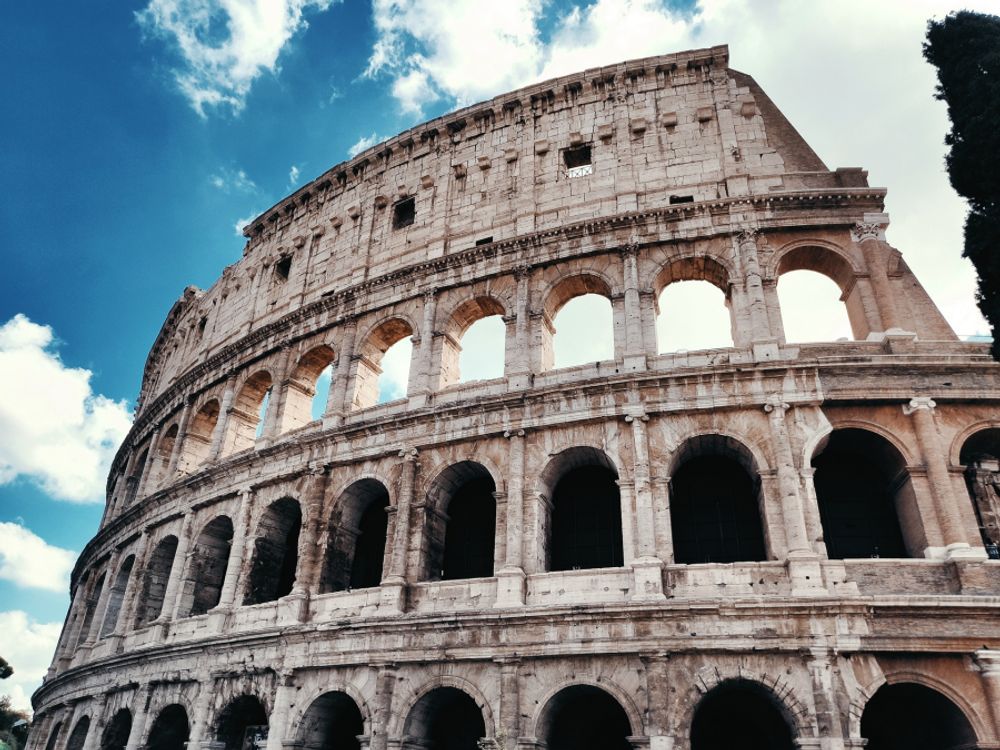
The Colosseum in Rome was built in the principal century at the request of the Emperor Vespasian. An accomplishment of design, the amphitheatre measures 620 by 513 feet (189 by 156 meters) and features a mind-boggling arrangement of vaults. It was fit to hold 50,000 onlookers, who watched an assortment of occasions. Fighter battles were perhaps the most notable, but men fighting creatures was also common.Furthermore, water was here and there syphoned into the Colosseum for mock maritime commitment. In any case, the conviction that Christians were martyred there—specifically, by being tossed to the lions—is discussed. According to some estimates, approximately 500,000 people died in the Colosseum.Moreover, so many countless creatures were caught and later killed there that specific species supposedly became extinct.
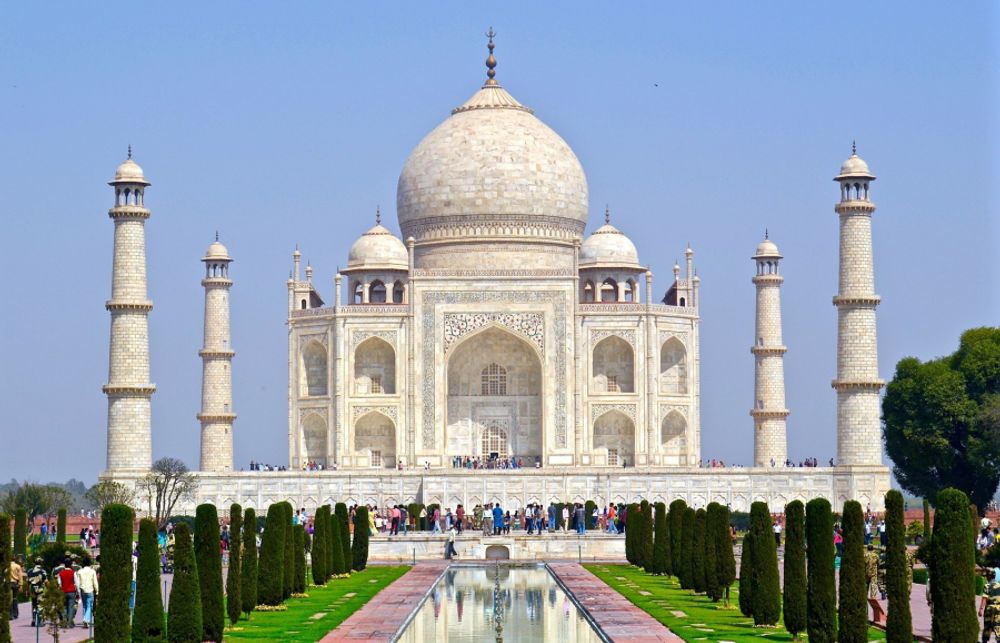
This catacomb complex in Agra, India, is viewed as one of the world's most famous landmarks and may be the best example of Mughal design. It was made by Emperor Shah Jahn (ruled 1628–58) to respect his better half, Mumtz Maal ("Chosen One of the Palace"), who passed on in 1631, bringing forth their fourteenth kid. It required around 22 years and 20,000 specialists to build the perplexing, which incorporates a colossal nursery with a reflecting pool. The catacomb is made of white marble that highlights semiprecious stones in mathematical and botanical examples. Its superb focal arch is encircled by four more modest vaults. As indicated by certain reports, Shah Jahn wished to have his own catacomb made from dark marble. Nonetheless, he was ousted by one of his children before any work started.
This are new seven Wonders of the world


